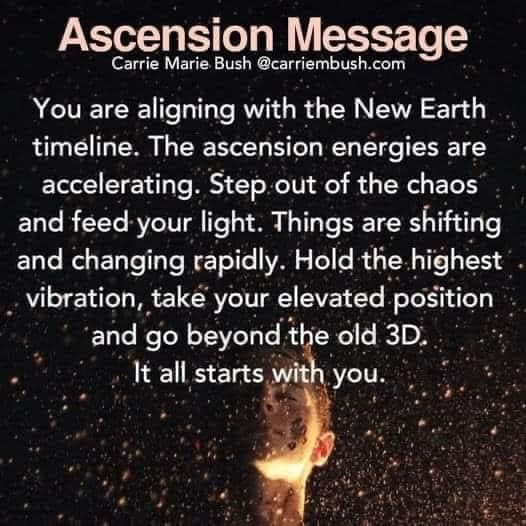The Aging Story Part 1-Biological vs. Chronological Age
- Jane Smolnik, ND, C.I.H.

- Jul 17, 2017
- 3 min read
It’s no secret that your body changes with age. These changes can be seen in your appearance (such as wrinkles and gray hair) as well as in your physical and mental performance (think slowed reaction time and memory loss). And, as unfortunate as it may seem, things like wrinkles, balding and hearing loss are largely unavoidable.
The question is why?

Because a normal part of the aging process is a gradual deterioration of the body – with the effects becoming more noticeable during the second half of life. From changes to your physical appearance, to a decline in your body’s ability to bounce back from injury or illness (resilience) and the onset of age-related health conditions – the effects of aging do not go unnoticed and make getting older seem rather grim. By age thirty your excitement for birthdays may begin to fade, with each passing birthday becoming a source of angst and a subtle reminder that your best years may be behind you.
But why do we long to return to our more youthful years?
For most of us, it has nothing to do with reverting back to our twenties. Rather, it stems from a strong desire to preserve our youthful vitality. In other words, we just want to maintain the energy and physical resilience we experience during those prime years.
This begs the question – is it possible to enjoy the perks of youth long after our thirties?
The answer is yes, it just might be possible to keep the unwanted side effects of aging at bay, at least for a period of time. The reason – because youthfulness is not as much about how old you really are, but rather how old you feel and how well your body works.
The story goes like this…
The human body has two different ages – a chronological age and a biological age.
Chronological age refers to the actual time you have been alive, meaning how old you are in years.
Biological age refers to how old you appear to be and has to do with what’s happening inside of your body. Think of it as the age of your body organs (heart, brain, muscles) and instead of being measured in years, biological age is measured by looking at the amount of wear and tear inside the body. This wear and tear is indicated by the health of your cells (which make up your body organs). And the health of your cells is represented by the functionality of certain cell structures as well as the presence of cellular damage.
So the symptoms we associate with aging (gray hair, memory loss, aches and pains, etc.) can be thought of as outward indicators that cell function is declining and cellular damage is racking up. Thus, to slow the aging process would require steps to be taken to –
Promote cell function and,
Protect the body from cellular damage
This would promote cellular health and, in turn, help keep the body organs functioning at their best – something that could keep you looking and feeling young well into your older years.
Next up, Part 2: Aging & Oxidative Stress. This article discusses what causes wear and tear on your body, how it impacts the aging process and what you can do to protect yourself.
Jane Smolnik is a Naturopathic Doctor and Iridologist based in Asheville, NC. One of her primary focuses is on anti-aging and reducing oxidative stress damage in the body. To see more, please visit her websites at UltimateHealing.com and www.DrJane.LifeVantage.com.







Comments